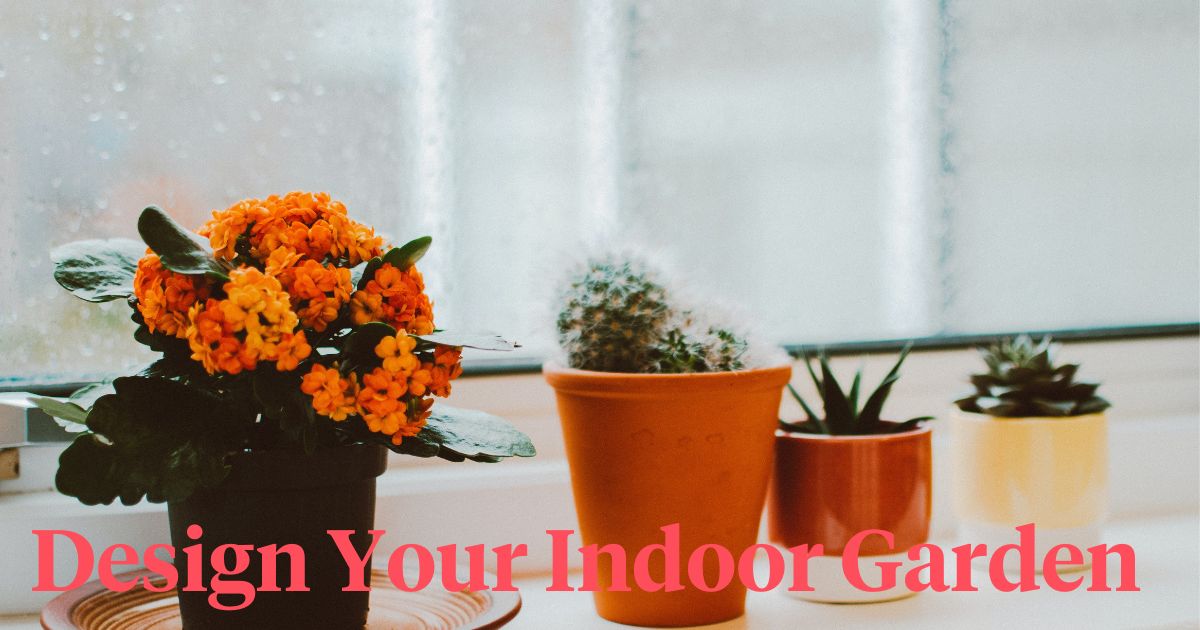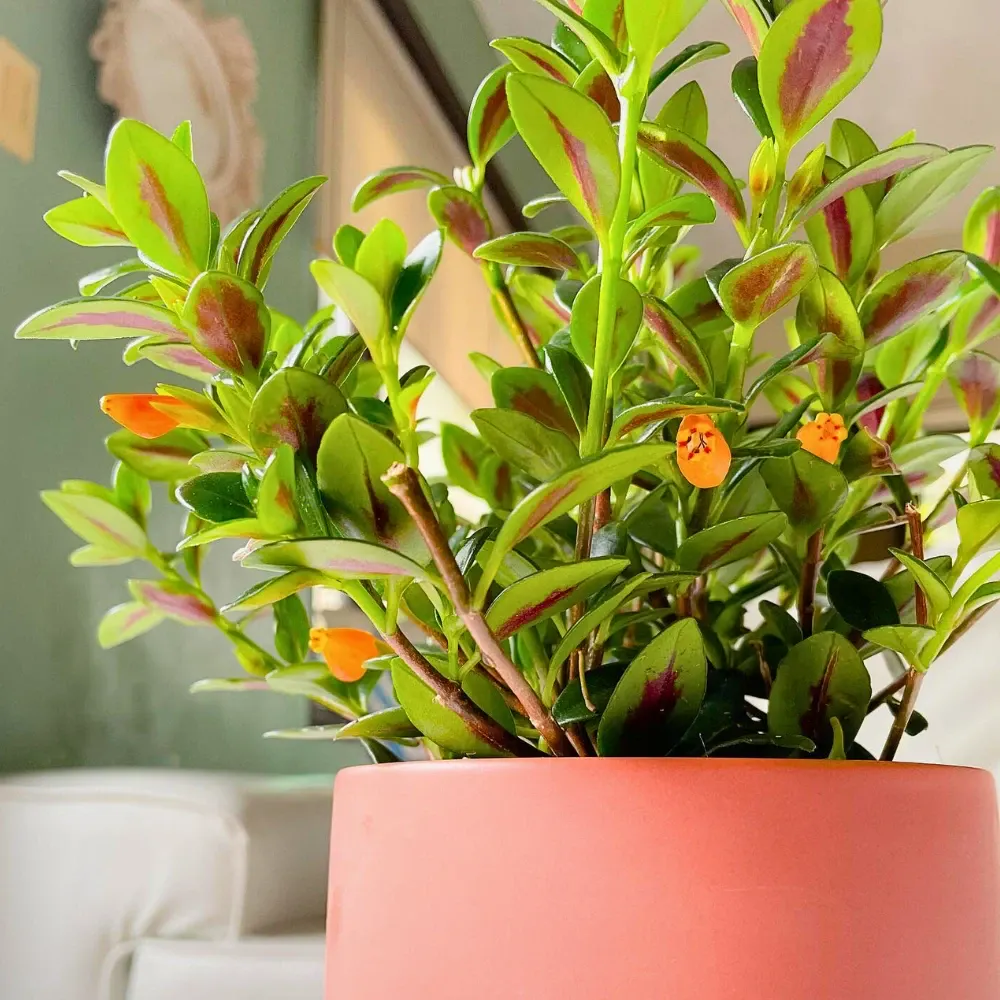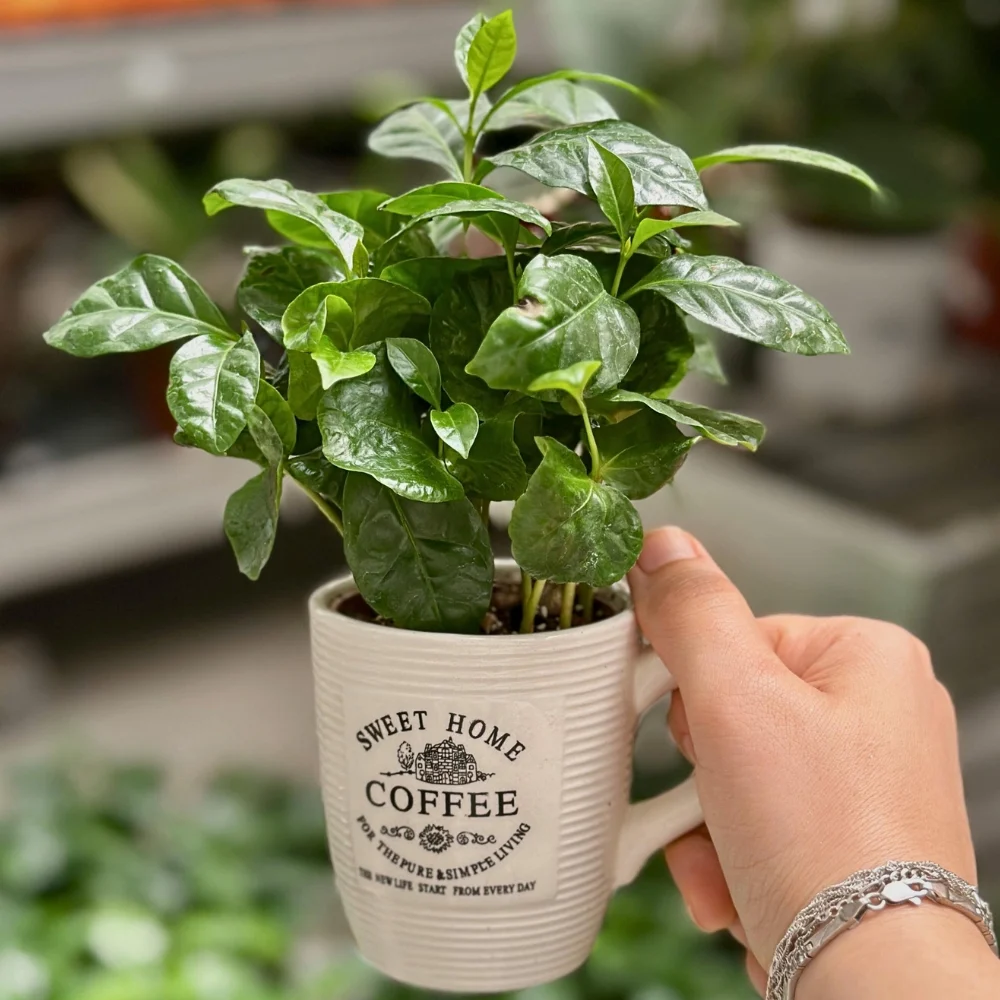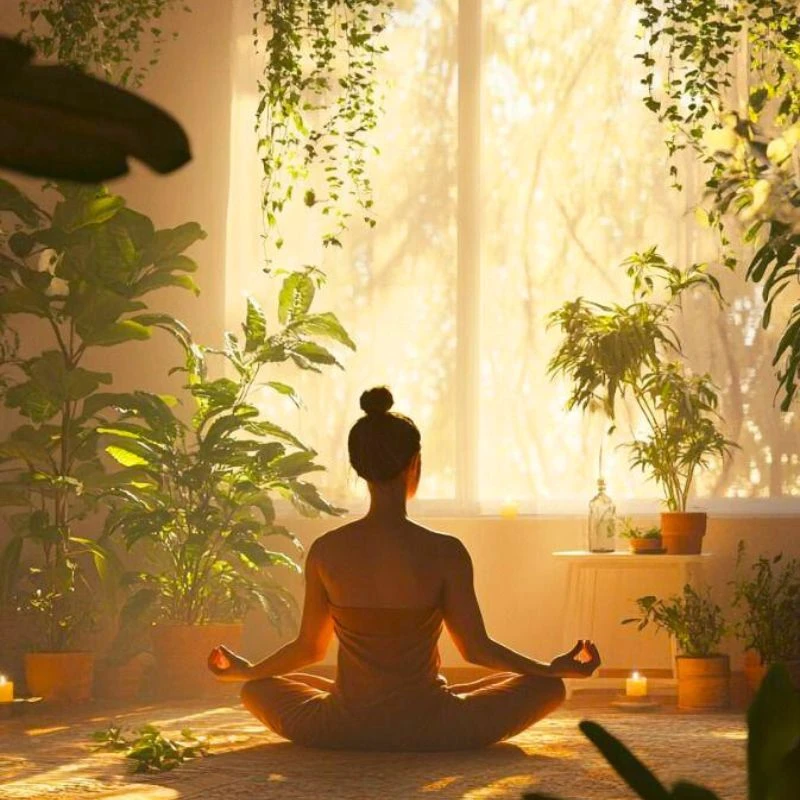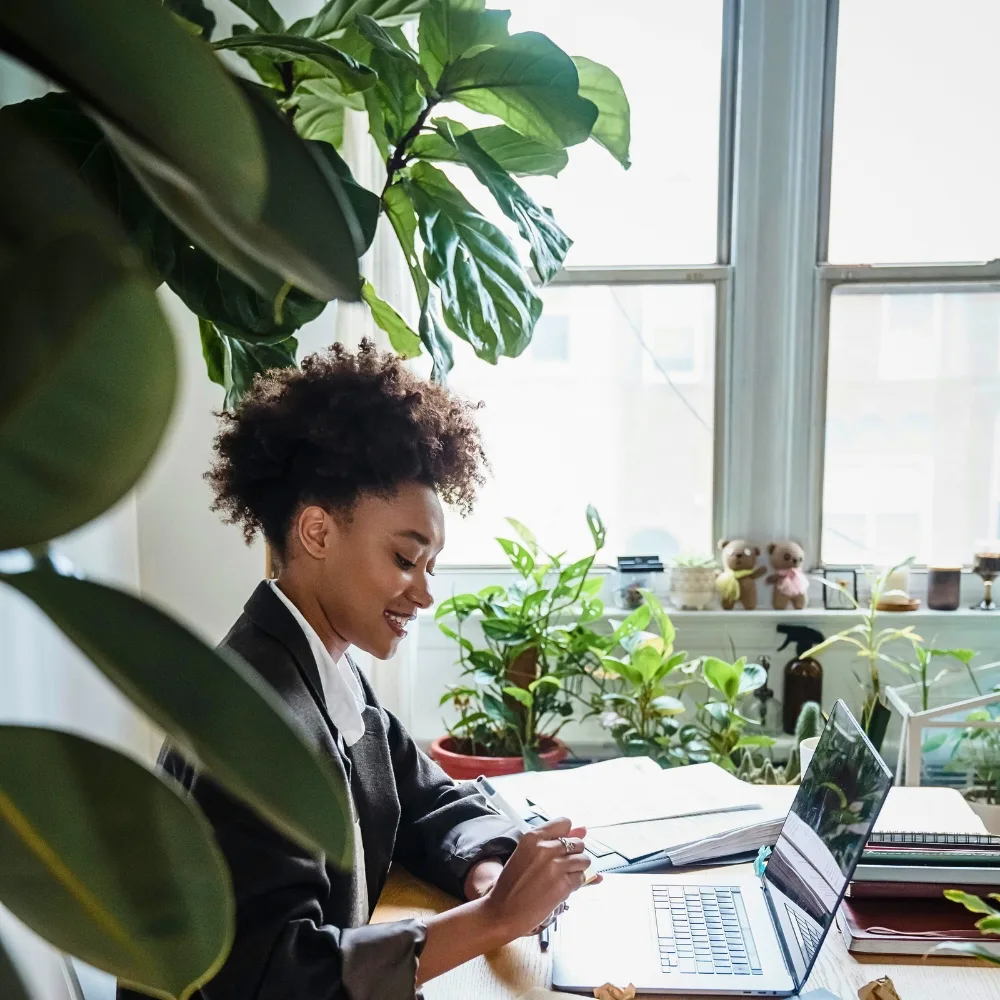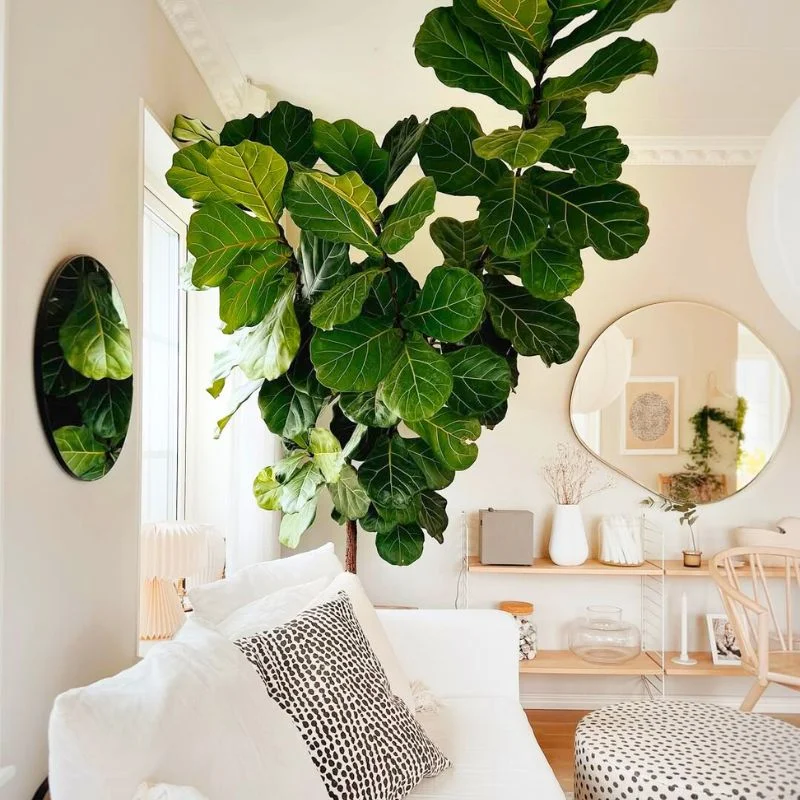While the beauty of an outdoor garden on a sunny spring day is hard to match, an indoor garden is a perfect way to bring a bit of mother nature into your home. Designing an indoor garden might seem complicated but in reality, it is quite simple. Follow these design tips below and soon you will have a thriving indoor garden that adds to the beauty of your home.
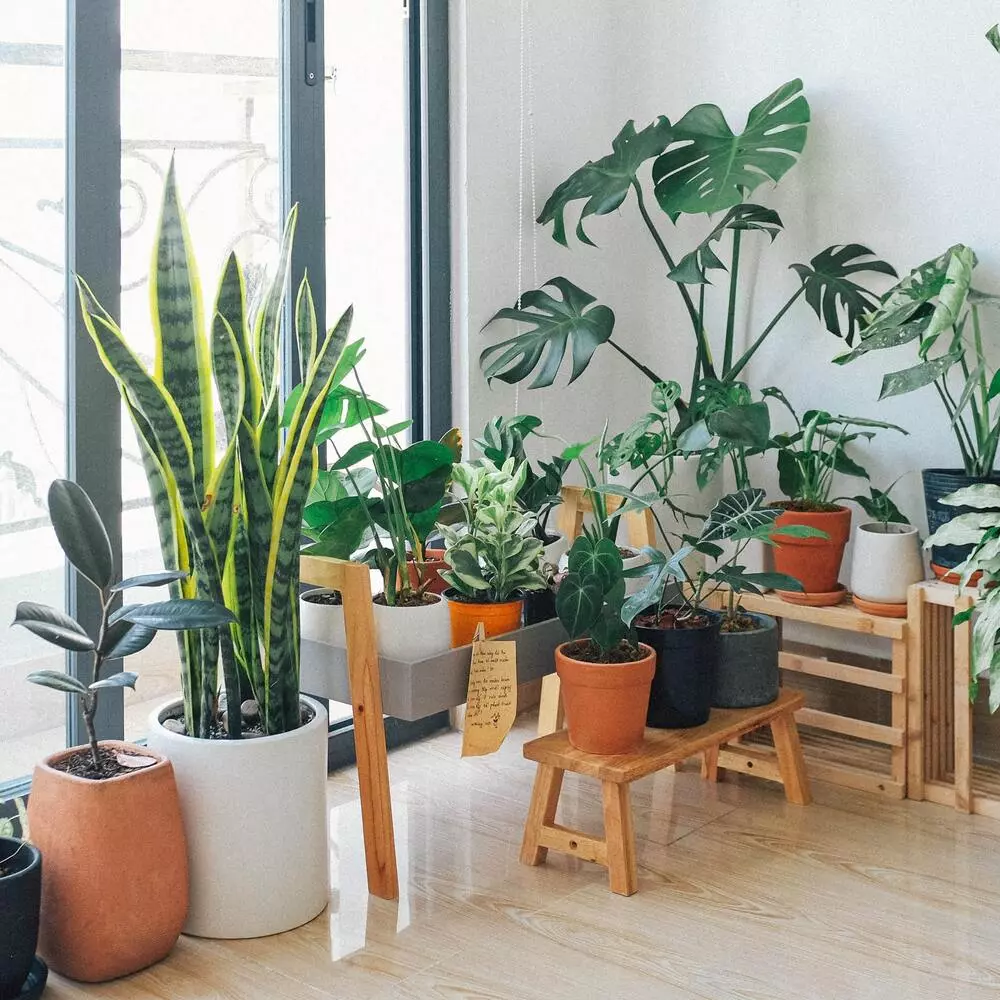
Choose the right area
Before you rush out to your local nursery, look around your home and determine the best area for your indoor garden. The right space will depend upon your lifestyle and the function of your indoor garden. Some homeowners are simply looking to add a bit of greenery to their home with a few indoor plants while others are hoping to start a usable herb or vegetable garden. In addition, your lifestyle might be a determining fact of the type of garden you choose. Pets, small children, or a lifestyle that keeps you away from home for long periods of time should be considered in the garden design. If you have pets you need to ensure that none of the plants you choose are toxic to animals. In addition to pets, small children can wreak havoc on plants.
Prepare the area
Is your indoor garden going to be a vertical garden or spaced out horizontally along shelves? Both types of gardens are beautiful but function differently depending upon the type of plants you are growing and the space you have available. Decorating vertically is a common trick that real estate agents and home stagers have used for decades to make a room or area appear larger. If you have a small area to use, definitely opt for a vertical garden. However, if you are working with quite a bit of space then feel free to spread your plants out at different levels along multiple shelves or cabinets.
Pick the right plants
All plants require a specific amount of sunlight. Some indoor plants, such as the snake plant require very little indirect sunlight. However, some plants such as aloe vera require several hours of indirect sunlight. In addition, some plants are more difficult to grow indoors than others. Plants that grow easily indoors are lettuce, beans, strawberries, basil, chives, oregano, rosemary, sage, peace lily, African violet, succulents, snake plants, spider plants, and ferns.
Control the environment
A major benefit of growing an indoor garden is the ability to control the environment. In order to do this you need to control the air temperature, water frequency, and soil condition. Soil heat mats are perfect for keeping your plants soil between 75 and 85 degree Fahrenheit. Drip systems take away the chance of forgetting to water your plants by using a series of small tubes that supply water to each plant based on the timer you set. Finally, consider a lighting system. These will be beneficial if you are seriously lacking in windows and want to grow plants that require ample light.
10 tips to maintain and designing your indoor home space
Incorporate a Theme or Style:
Consider incorporating a theme or style for your indoor garden to create a cohesive and visually appealing space. Themes could range from a tropical oasis with lush foliage and colorful blooms, a zen-inspired garden with minimalist elements and soothing plants like bamboo or peace lilies, or even a desert-themed garden featuring cacti and succulents. Choose plants and decorations that complement your chosen theme to make your indoor garden truly unique.
Use Creative Containers:
Get creative with your plant containers to add flair and personality to your indoor garden. Instead of traditional pots, consider using vintage teacups, mason jars, repurposed wine bottles, or hanging planters. Upcycling old containers not only adds charm but also promotes sustainability. Just ensure the containers have proper drainage to prevent overwatering.
Optimize Vertical Space:
If you're short on floor space, take advantage of vertical gardening techniques. Use wall-mounted shelves, trellises, or hanging planters to maximize space while adding a striking visual element to your indoor garden. Vining plants like pothos, philodendron, or ivy work exceptionally well for vertical displays.
Introduce Natural Elements:
Incorporate natural elements like stones, pebbles, driftwood, or seashells into your indoor garden design. These elements can enhance the aesthetics, provide additional texture, and create a more serene ambiance. Surrounding your plants with these natural accents can mimic the feel of an outdoor garden.
Consider Seasonal Rotation:
Plan your indoor garden with the idea of seasonal rotation in mind. Some plants may thrive during specific times of the year while others may require different care depending on the season. Embrace the changing nature of your garden by bringing in new plants or rearranging the existing ones as the seasons shift.
Add a Water Feature:
For a soothing and calming effect, consider adding a small water feature to your indoor garden. A tabletop fountain, a mini pond, or even a simple bowl with floating candles can create a relaxing atmosphere and help mask any ambient noise in your home.
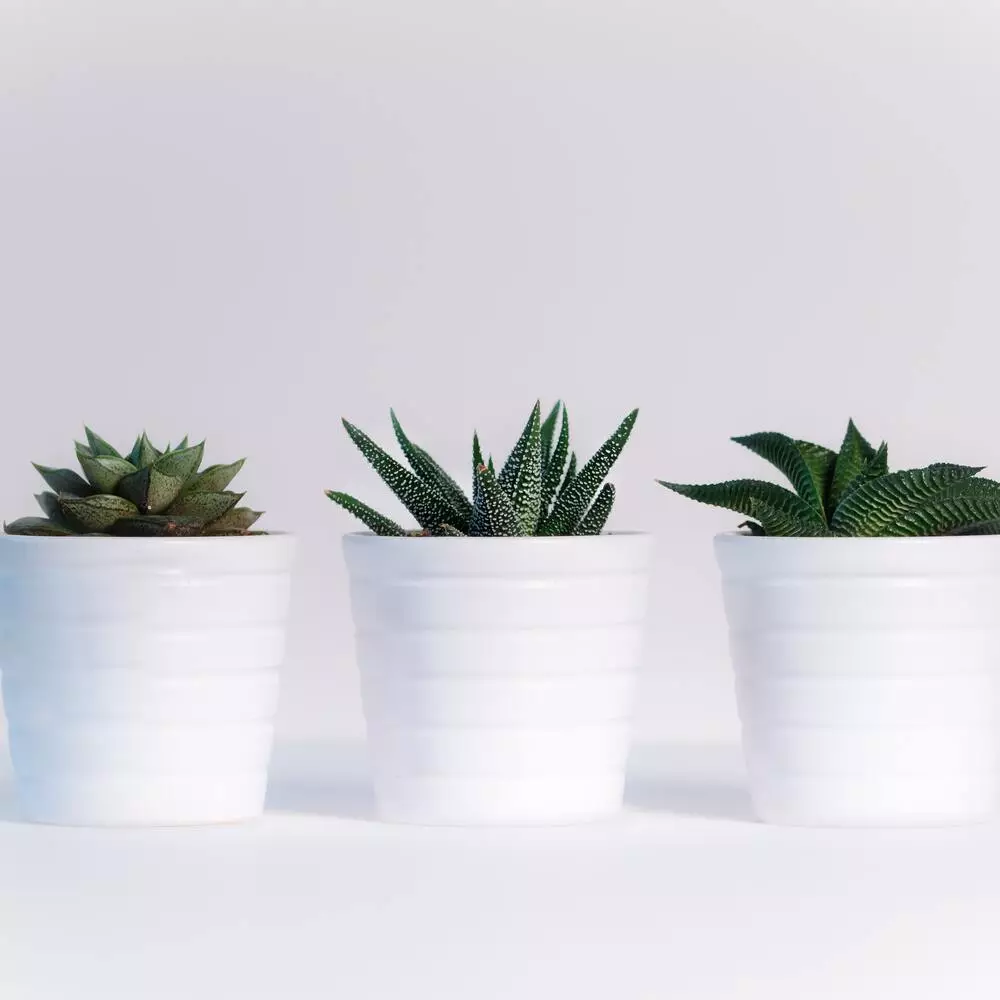
Incorporate Fragrant Plants:
Introduce fragrant plants like lavender, jasmine, or eucalyptus to delight your senses and infuse your indoor garden with pleasant scents. Not only do these plants add a lovely aroma, but they can also promote relaxation and reduce stress.
Maintain Proper Plant Care:
Regularly inspect and care for your indoor plants. This includes monitoring for pests, pruning, and repotting as needed. Each plant may have specific care requirements, so familiarize yourself with the needs of your chosen plants to keep them healthy and vibrant.
Embrace Indoor Plant Propagation:
Experiment with plant propagation to expand your indoor garden without breaking the bank. Many indoor plants can be propagated through stem cuttings, leaf cuttings, or division. It's a rewarding process to see new plants grow from the ones you already have.
Create a Relaxation Zone:
Designate a seating area or a cozy nook near your indoor garden to enjoy the serene atmosphere. Adding comfortable seating, a small table, and some decorative pillows can turn your indoor garden into a peaceful retreat where you can unwind and connect with nature.
By incorporating these tips into your indoor garden design, you can create a beautiful and harmonious space that brings the wonders of nature right into your home. Whether you have a green thumb or are just starting, designing an indoor garden is an enjoyable and rewarding experience that will leave you with a thriving and aesthetically pleasing oasis to enjoy year-round.
Make your indoor garden your own by using pots that fit your personality or shelves and plant holders that bring beauty to your home. Remember your indoor garden can serve as a unique addition to any room in your home. In fact, a beautiful indoor garden is perfect for those looking to stage their home on a budget. So make sure it fits your style and the style of your home.

